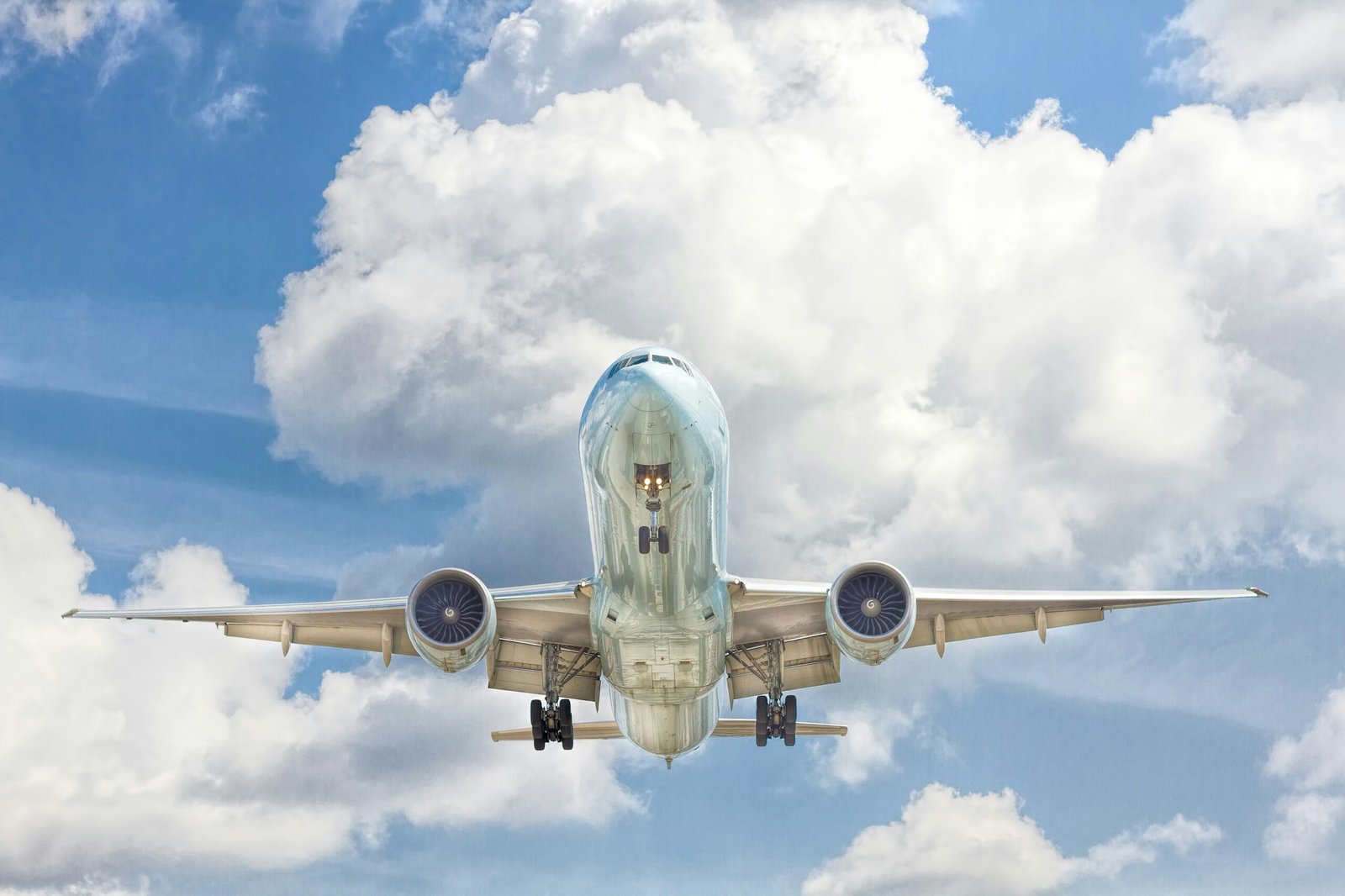September 11, 2001, marked a turning point in the history of air travel. The terrorist attacks on that fateful day not only claimed thousands of lives but also had a profound impact on the way we travel by air. In response to the events of 9/11, significant changes were implemented to enhance security measures, affecting every aspect of air travel. This article explores how air travel changed after 9/11 and the lasting impact it has had on the industry.
Enhanced Security Measures
One of the most significant changes following 9/11 was the implementation of enhanced security measures at airports worldwide. The Transportation Security Administration (TSA) was created in the United States to oversee these measures. Passengers now undergo thorough screening processes, including metal detectors, X-ray scans, and body pat-downs. Liquids are restricted, and carry-on baggage is subject to strict size and weight limitations.
Additionally, the creation of the No-Fly List and the Terrorist Screening Database has become an integral part of air travel security. These databases help identify individuals who may pose a threat and prevent them from boarding flights. While these measures have undoubtedly increased security, they have also resulted in longer wait times and more stringent procedures for passengers.
Increased Focus on Passenger Identification
After 9/11, there was a heightened focus on passenger identification. Governments around the world began implementing stricter identification requirements for air travel. The use of government-issued identification, such as passports, became mandatory for international travel, and stricter regulations were put in place for domestic flights as well.
Biometric technology, such as facial recognition and fingerprint scanning, has also been introduced to enhance the identification process. These measures aim to ensure that individuals boarding flights are who they claim to be, further enhancing security and preventing potential threats.
Fortified Cockpit Doors
One of the most visible changes in the aviation industry after 9/11 was the fortification of cockpit doors. Previously, cockpit doors were relatively easy to breach, allowing unauthorized individuals to gain control of the aircraft. In response to the attacks, cockpit doors were reinforced and made impenetrable, preventing unauthorized access by anyone other than the flight crew.
This simple yet crucial change has significantly increased the safety of passengers and crew members. It provides an added layer of protection, ensuring that the cockpit remains secure throughout the flight.
Intelligence Sharing and Cooperation
9/11 highlighted the need for improved intelligence sharing and cooperation between countries. Governments and aviation authorities around the world recognized the importance of sharing information to prevent future attacks. As a result, intelligence agencies and security organizations began working together more closely, sharing vital information and coordinating efforts to enhance aviation security.
This increased collaboration has helped identify potential threats and prevent them from materializing. It has also led to the development of international security standards and protocols, ensuring a more consistent and unified approach to air travel security worldwide.
Impact on Passenger Experience
The changes in air travel after 9/11 have undoubtedly impacted the passenger experience. Longer security screening processes and increased restrictions on carry-on items have made air travel more time-consuming and sometimes frustrating for passengers. However, these measures are essential for ensuring the safety and security of everyone on board.
Passengers have also become more vigilant and aware of their surroundings while traveling. The “see something, say something” campaign encourages individuals to report any suspicious activity or behavior they may observe at airports or on flights. This collective effort plays a crucial role in maintaining the safety of air travel.
Conclusion
The events of 9/11 forever changed the landscape of air travel. Enhanced security measures, increased focus on passenger identification, fortified cockpit doors, intelligence sharing, and the impact on the passenger experience are all lasting legacies of that tragic day. While these changes have made air travel safer, they have also brought about new challenges and considerations for both passengers and aviation authorities. The ongoing commitment to ensuring the safety and security of air travel remains paramount, as the industry continues to evolve and adapt to the ever-changing threat landscape.

